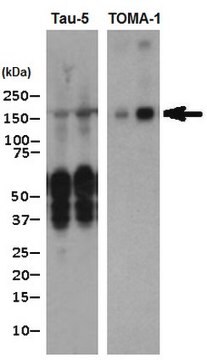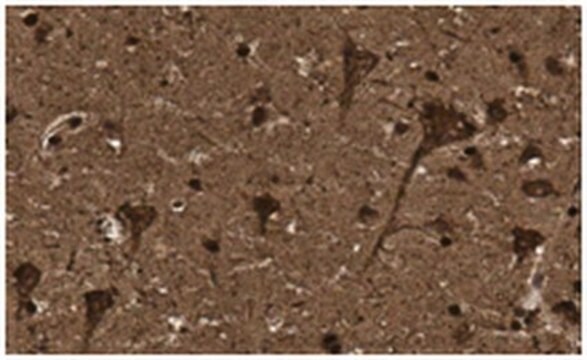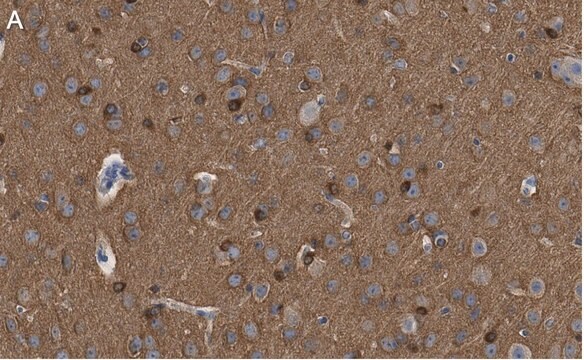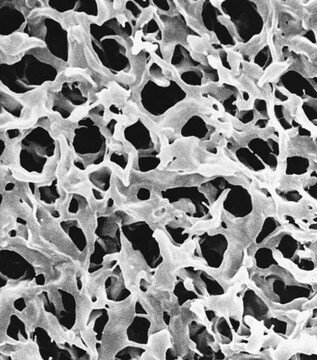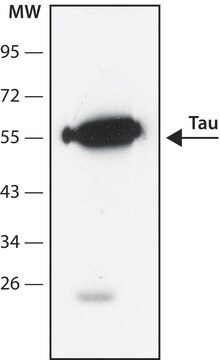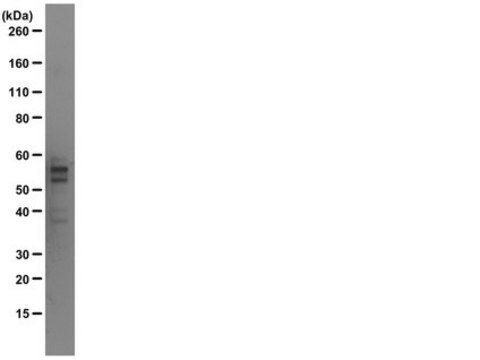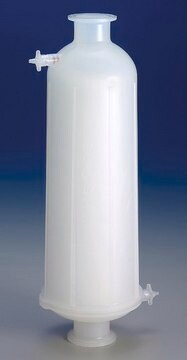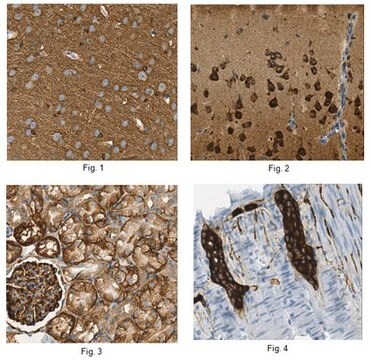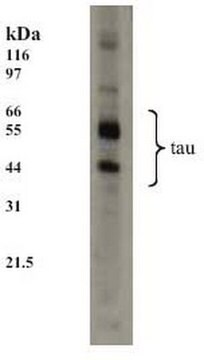ABN454-I
Anti-Tau (T22) Antibody, oligomeric
from rabbit, purified by affinity chromatography
Synonym(s):
Microtubule-associated protein tau oligomer, Tau oligomer, PHF-tau oligomer, Paired helical filament-tau oligomer, Neurofibrillary tangle protein oligomer
About This Item
Recommended Products
biological source
rabbit
Quality Level
antibody form
affinity isolated antibody
antibody product type
primary antibodies
clone
polyclonal
purified by
affinity chromatography
species reactivity
human
technique(s)
dot blot: suitable
immunofluorescence: suitable
immunohistochemistry: suitable
western blot: suitable
NCBI accession no.
UniProt accession no.
shipped in
ambient
target post-translational modification
unmodified
Gene Information
human ... MAPT(4137)
General description
Specificity
Immunogen
Application
Neuroscience
Dot Blot Analysis: A representative lot detected human P301S tau oligomers in hippocampal dentate gyrus (DG) and medial entorhinal cortex (MEC) tissue lysates from PS19 transgenic mice. Daily N-SMase Inhibitor GW4869 i.p. injection reduced tau oligomer accumulation in DG, but not MEC (Asai, H., et al. (2015). Nat. Neurosci. 18(11):1584-1593).
Dot Blot Analysis: A representative lot detected increased tau oligomers formation in Alzheimer′s diseased (AD) as well as in aged non-AD human medial temporal gyrus tissue lysates (Blair, L.J., et al. (2013). J. Clin. Invest. 123(10):4158-4169).
Immunohistochemistry Analysis: A representative lot detected human tau oligomers formation in paraffin-embedded striatal sections of Huntington s diseased brains (Vuono, R., et al. (2015). Brain. 138(Pt 7):1907-1918).
Immunohistochemistry Analysis: A representative lot detected increased human tau P301L mutant oligomers formation in CA3 region of Tg4510 mice following FKBP51-expressing AAV viarl particles injection using 4% paraformaldehyde-fixed free-floating brain sections (Blair, L.J., et al. (2013). J. Clin. Invest. 123(10):4158-4169).
Immunofluorescence Analysis: A representative lot detected granule cell layer (GCL) neurons containing oligomers of virally expressed human P301L mutant tau 1 441 by fluorescent immunohistochemistry staining of brain sections from mice received recombinant viral injection to the medial entorhinal cortex (MEC) (Asai, H., et al. (2015). Nat. Neurosci. 18(11):1584-1593).
Immunofluorescence Analysis: A representative lot detected greatly enhanced tau oligomers co-localized with that of oxidative nucleic acid damage marker 8-OH(d)G in human AD brain, as well as heat stress- (HS-) induced Tau oligomers formation in the brain CA1 region of THY-Tau22 transgenic mice expressing human tau with G272V and P301S mutation by fluorescent immunohistochemistry staining of paraffin-embedded brain tissue sections (Violet, M., et al. (2015). Neurobiol. Dis. 82:540-551).
Western Blotting Analysis: A representative lot detected human P301S tau oligomers-containing exosomal fractions from PS19 transgenic mice. Dietary supplementation with CSF-1R Inhibitor PLX3397 reduced exosomal tau oligomer accumulation (Asai, H., et al. (2015). Nat. Neurosci. 18(11):1584-1593).
The unpurified antiserum (Cat. No. ABN454) is also available for dot blot, ELISA, immunofluorescence, immunohistochemistry, immunoprecipitation, neutralization, and Western blotting applications.
Quality
Dot Blot Analysis: 2 µg/mL of this antibody detected 100 ng of in vitro generated recombinant human tau oligomers, but not tau monomer.
Target description
Physical form
Storage and Stability
Handling Recommendations: Upon receipt and prior to removing the cap, centrifuge the vial and gently mix the solution. Aliquot into microcentrifuge tubes and store at -20°C. Avoid repeated freeze/thaw cycles, which may damage IgG and affect product performance.
Other Notes
Disclaimer
Not finding the right product?
Try our Product Selector Tool.
recommended
Storage Class Code
12 - Non Combustible Liquids
WGK
WGK 2
Flash Point(F)
Not applicable
Flash Point(C)
Not applicable
Certificates of Analysis (COA)
Search for Certificates of Analysis (COA) by entering the products Lot/Batch Number. Lot and Batch Numbers can be found on a product’s label following the words ‘Lot’ or ‘Batch’.
Already Own This Product?
Find documentation for the products that you have recently purchased in the Document Library.
Our team of scientists has experience in all areas of research including Life Science, Material Science, Chemical Synthesis, Chromatography, Analytical and many others.
Contact Technical Service
